Is having Apple CarPlay or Android Auto important?
These days, you’ll find that the infotainment systems in some cars support Android Auto (AA) and/or Apple CarPlay (AC). In the past few months, we’ve seen mass-market models like the Toyota Corolla and Honda HR-V be updated to include the feature, while several premium cars already come with it.
For those who are already using the feature on either platform, you’ll probably have some good things to say about it, so carry on. However, if you’ve never had the chance to try it out and are curious about what the fuss is all about, and if it’s even important, we’re here to try and bring you up to speed.
What is Android Auto and Apple CarPlay?
In essence, AA/AC takes a few existing features from your smartphone and mirrors them on a car’s head unit or infotainment system. This is very different from another form of mirroring like Miracast, which merely duplicates whatever is shown on your phone’s screen.
With AA/AC, you get a specific interface with a standard layout and quick access to things like your phonebook, Google Maps, Apple Music, Spotify, etc. Unlike Miracast, supported apps are readily available on your car’s display without having to fiddle with your phone to find what you want.
As an additional note, some systems do come with WebLink, which also “projects” compatible apps onto the car’s display, although the experience isn’t as cohesive as AA/AC and could differ depending on the manufacturer.
If you have an iPhone 5 running iOS 7.1, or anything newer, Apple CarPlay already comes installed by default. As for Android Auto, it is baked into the Android 10 and 11, so any device running those operating systems will have the functionality.
For phones that are running on older operating systems before Android 10, you’ll have to install Android Auto separately, which unfortunately, can’t be done though Google Play Store for our market. However, you can download the relevant Android application package (APK) and install Android Auto manually, but make sure you get the file from trusted sources.
How do I get either to work?
For a majority of systems, AA/AC interfaces with your car via a wired USB connection and will typically launch automatically or give you a prompt when you plug your phone in. You can also establish a wireless connection, although you’ll first need to check if your system supports it.
Should your car not come with an infotainment system that supports AA/AC, you’ll have to check with the manufacturer to see if there’s a retrofit solution available, like what Bermaz Auto offers for selected Mazda cars.
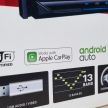
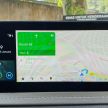
Alternatively, there are also aftermarket head units with AA/AC worth considering, although you’ll want to make sure that getting one fitted will not interfere with your car’s warranty, if it still applicable.
These head units typically take up a double-DIN slot to accommodate their touchscreen displays, and costlier examples even support wireless connectivity. You’ll also want to make sure you find a shop that can properly install it, preferably without having to splice your car’s existing wiring. Do take note that some head units are merely Android-based, meaning they run the operating system on-device, and might not support AA.
If going absolutely wireless is something you want, but you don’t want to spend more on a head unit that supports it, or if you current infotainment system only supports a wired connection, there are also dedicated USB dongles like Carlinkit that can provide this functionality; make sure that it is compatible beforehand.
I’m connected. What are the benefits I’m going to enjoy?
With AA/AC, you can use many of the features that you are already familiar with on your phone. For instance, you can get turn-by-turn navigation on Google Maps, play music from Spotify, listen to your favourite podcast, or even ring someone up. Both also have their respective digital assistants like iOS’ Siri and the Google Assistant, so you can say trigger phrases (Hey, Siri or OK, Google) and issue commands using your voice.
Since all the data is supplied from your phone, you will benefit from real-time information like the current traffic situation. Thanks to the updates that your phone gets from time to time for apps, AA/AC and the operating system, your interior is kept fresh with the latest features.
Considering most car screen user interfaces won’t age well (just look at the cars from five years ago), having a self-updating UI through AA/AC goes a long way in keeping your in-car entertainment from feeling old and outdated.
This is certainly a benefit compared to some infotainment systems that need to be updated at the service centre, which could also require new hardware to be added in like an LTE module for further functionality. Of course, certain cars already have built-in systems that are linked to the internet, providing you with a range connected services and over-the-air updates (OTA).
That’s good if you have the time to set it all up, but since a lot of your life is already in your smartphone, having what you’ve already set up presented on-screen after a simple connection does seem a lot more convenient. Truthfully, how many of you have actually used your car’s infotainment system to navigate to a restaurant? It’s mostly Google Maps or Waze, right?
It should also be noted that the more advanced and connected systems are typically found in premium vehicles that cost more. With AA/AC, as long as you have a compatible head unit or infotainment system, you already have access to the available features, with the phone doing all the heavy lifting.
Why not just fit my phone on a mount and use it as-is?
Fair point, but using your phone with a mount still limits you in terms of ease of accessibility. It’s certainly more of a hassle trying to access certain functions using smaller on-screen buttons on a phone’s screen that is comparatively smaller than your car’s display.
By comparison, with AA/AC, features can be accessed through your car’s display (or voice activation) via a simplified user interface without reaching for your phone. The larger on-screen buttons also help to reduce the chance of accidentally pressing the wrong thing and causing you to spend more time backtracking.
Furthermore, there’s no need to have a hanging phone like a Grab driver, as you can just plug your phone in and keep it out of sight. This also makes you less likely to want to pick up or lean towards your phone to reply messages when a notification comes in.
On that mention, with AA/AC, you can have messages read to you and even issue a reply using your voice. It’s certainly handy, although based on my personal experience with the function on AA, our Malaysian slang does result in some humourous voice typing, so your mileage may vary. Putting on an omputih slang does help somewhat though.
Can I use AA/AC without a head unit?
For Android users that do not have (or want) a head unit or infotainment system compatible with Android Auto, your alternative is the Google Driving Assistant Mode found in Google Maps, which lets you run a “lite version” of Android Auto on your phone.
You won’t get the big screen experience as with AA, but you’ll still get to enjoy easy-to-touch buttons for key features, if you insist on a mount. Sadly, if you’re an iOS user, Apple CarPlay can now be shown on your phone’s display; it needs a compatible head unit or infotainment system to work.
Is having Apple CarPlay or Android Auto that important?
With AA/AC, you will get to enjoy many of the features you frequent on your phone in your car, but presented in a way that is easier to access and somewhat safer. So, it is important if you want a significant improvement in terms of utility over conventional infotainment systems that can be limited in terms of functionality.
Put simply, it’s a feature that brings a lot of benefits and when choosing a new car, options that offer AA/AC have a major advantage. Should you have the chance to get it, it’s certainly worth it. You can still get by without it, for sure, but having everything you frequently use in an easy-to-access space does make life easier.
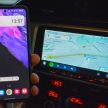
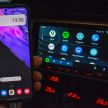
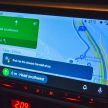
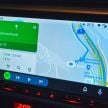

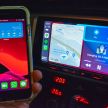
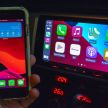
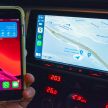
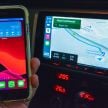
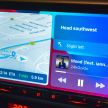
The post Is having Apple CarPlay or Android Auto important? appeared first on Paul Tan's Automotive News.
from Paul Tan's Automotive News
Read The Rest:paultan...

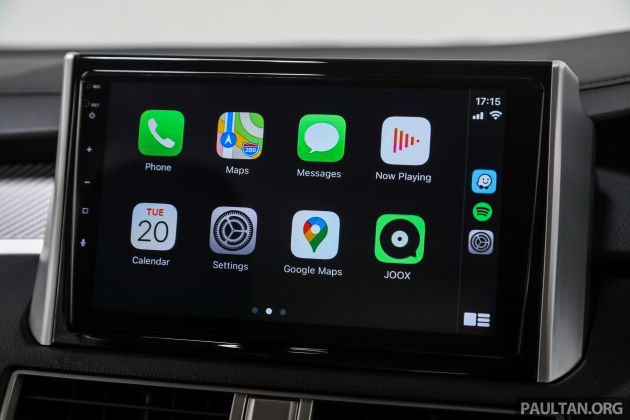
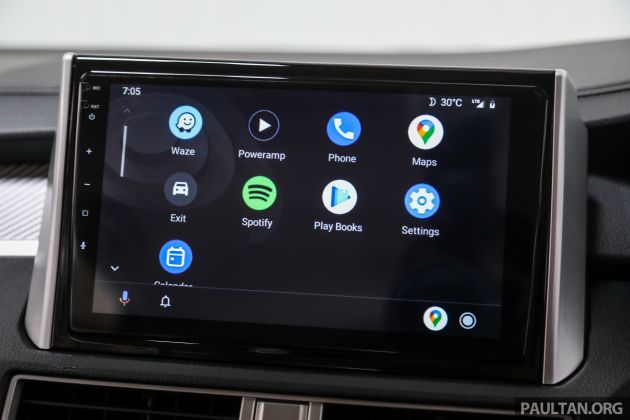
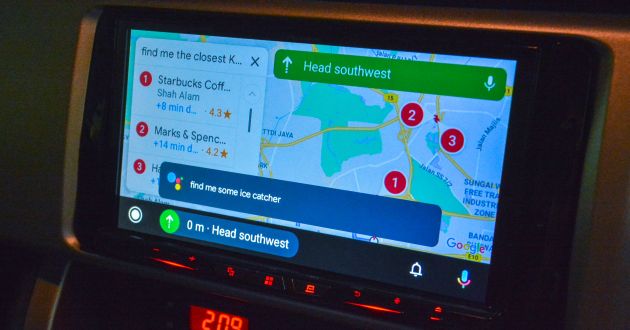

Post a Comment